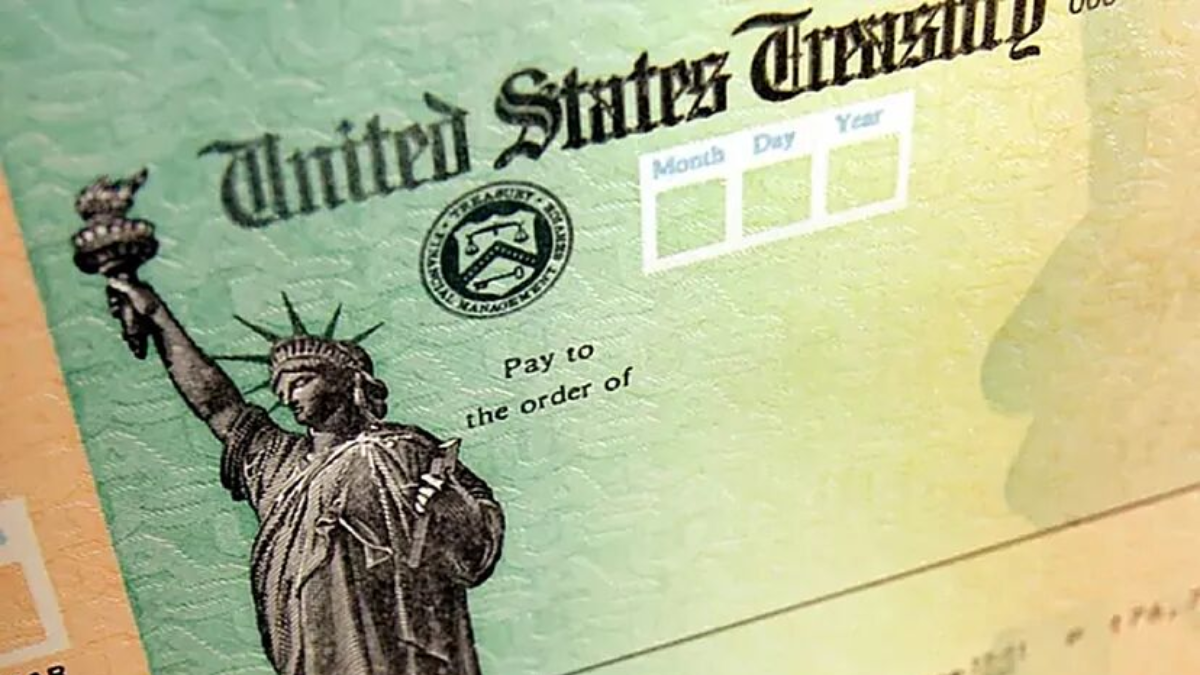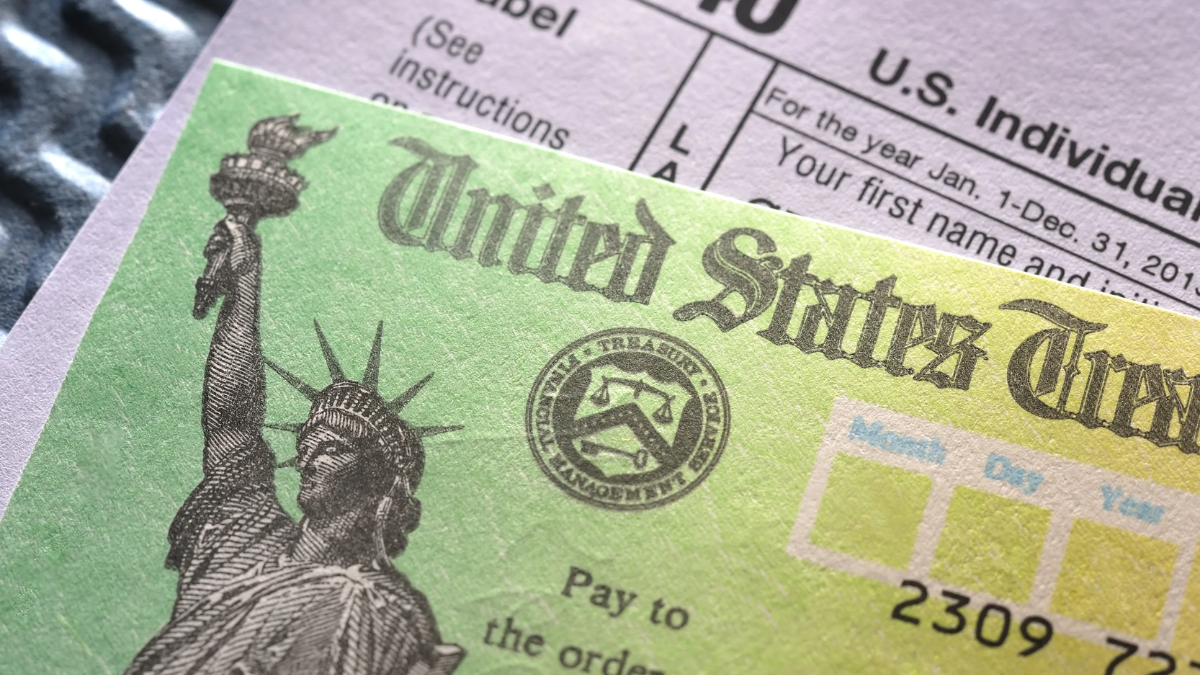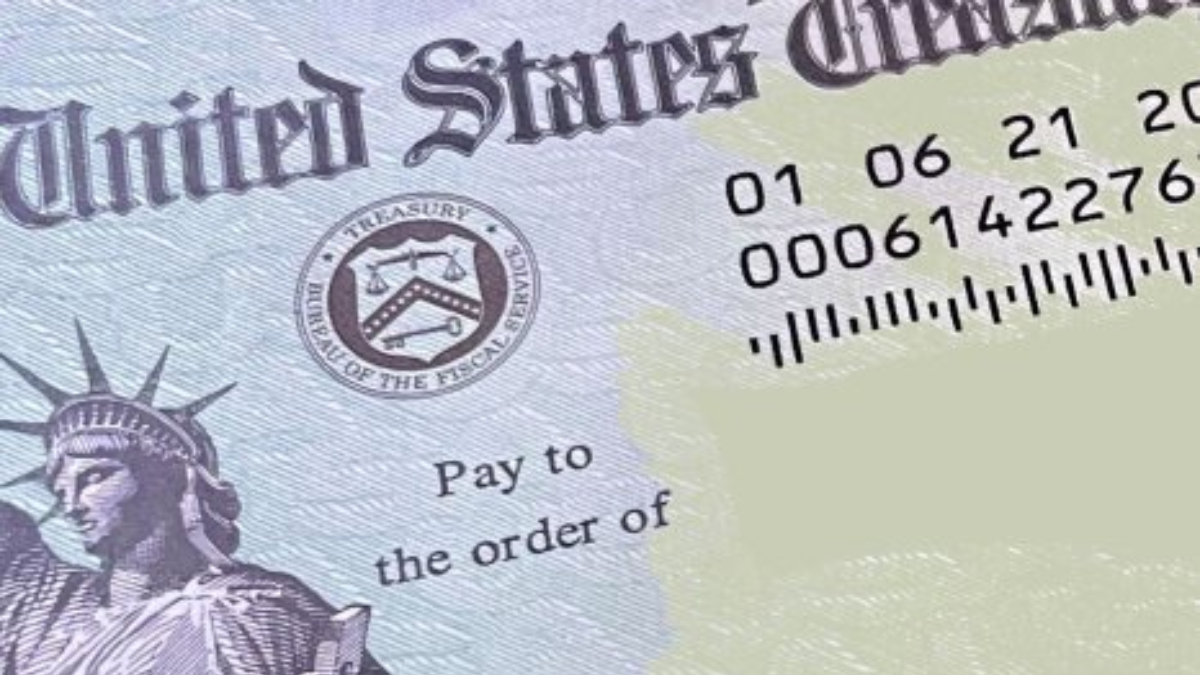As of June 2025, the Canada Revenue Agency (CRA) continues to provide crucial financial support through the Employment Insurance (EI) program, with eligible recipients receiving up to $650 per week. This benefit is part of the federal government’s commitment to ensuring temporary income support for Canadians who have lost their jobs through no fault of their own or are unable to work due to illness, parental responsibilities, or other qualifying reasons.
Who Is Eligible for the $650 Weekly EI?
To qualify for the $650 weekly Employment Insurance benefit, applicants must have worked a required number of insurable hours in the last 52 weeks (typically 420–700 hours, depending on the regional unemployment rate), lost their job without cause (e.g., due to shortage of work or layoff), and be actively seeking employment. Self-employed Canadians may also be eligible if registered for special EI programs. Eligibility for special benefits like sickness, maternity, and parental leave follows different criteria.
| Eligibility Criteria | Requirement |
|---|---|
| Job Loss Reason | Not your fault (e.g., layoff, shortage of work) |
| Work Hours | 420 to 700 insurable hours in last 52 weeks |
| Employment Status | Actively looking for work |
| Residency | Must be living in Canada and legally authorized to work |
| Self-Employed Eligibility | Available for special benefits with prior registration |
How Are Payments Calculated and Sent?
The standard EI benefit pays 55% of your average weekly insurable earnings, up to a maximum of $650 per week as of June 2025. Payments are deposited directly into recipients’ bank accounts every two weeks. The CRA and Service Canada use the best weeks of earnings to calculate the benefit amount, and applicants are required to complete bi-weekly reports to remain eligible for continuous payment.
How to Apply for EI in June 2025
Applications must be submitted online through the Service Canada website within four weeks of becoming unemployed or unable to work. You’ll need your Social Insurance Number (SIN), banking details for direct deposit, employer’s information, and record of employment (ROE). Processing usually takes 28 days, and updates are available through your My Service Canada Account (MSCA).
What If You Don’t Qualify?
If you don’t meet the criteria for regular EI benefits, you may still qualify for special benefits like EI Sickness, Maternity/Parental, or Caregiving benefits. Alternatively, you can explore Canada Workers Benefit (CWB) or Social Assistance programs administered by provinces. Service Canada can help assess your situation and guide you toward the most appropriate financial aid options.
The $650 weekly Employment Insurance payment remains a vital source of income for Canadians facing job loss or temporary leave from work. By ensuring that you meet eligibility criteria and applying promptly, you can access much-needed support while seeking new employment or recovering from life events. As economic conditions shift, the EI program continues to serve as a critical safety net for many workers across the country.
FAQ’s:
1. Is $650 the maximum amount I can receive each week?
Yes, the weekly cap for EI as of June 2025 is $650, but your actual benefit may be lower based on your income.
2. How long can I receive EI benefits?
You can receive benefits for 14 to 45 weeks, depending on your insurable hours and the unemployment rate in your region.
3. Can I work part-time while on EI?
Yes, you can work part-time and still receive partial benefits, but you must report your earnings every two weeks.
4. What if my Record of Employment is delayed?
You can still apply, but your application will be processed once the ROE is submitted by your employer.
5. How do I check my application status?
Log in to your My Service Canada Account (MSCA) to track your application and payment updates.

























